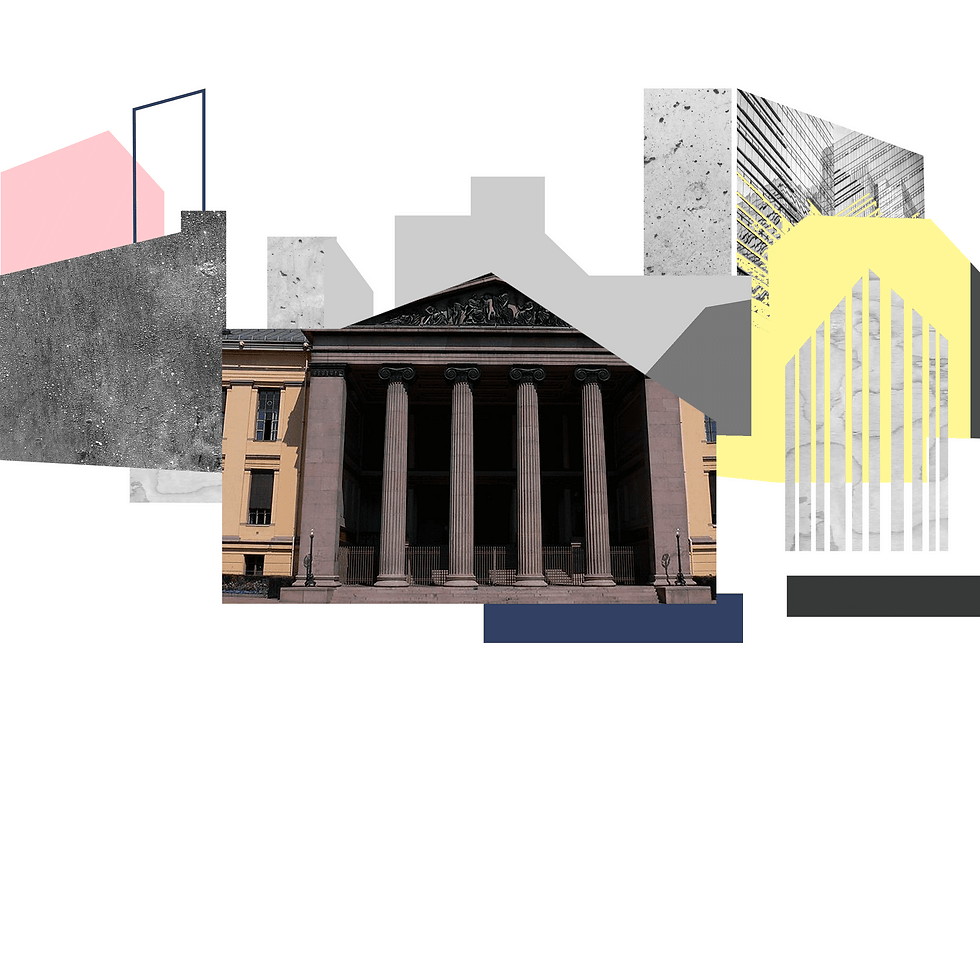

SPACE no.1
concept
/of Absoluteness in the conditions of changing reality/
The constructs create new featureless forms in the city in a natural way, which are often interesting in their structure - since, on the one hand, this is an extremely pure perception of form and space, and, on the other hand, these structures destroy the holistic view of a traditional city.
Absolutization of the costume, impact on information change and global social processes.
Saving or losing.
Investigate the relationship between human and the macro-space.
Absoluteness in the conditions of changing reality.
ELEMENT
OF
TIME
before/now/after
HIDDEN CITY
The emergence of new utopias is connected with new economic and technological realities, with the individual's changing world perception. It seems natural that the impossibility of forecasting the development of mankind makes a static state impossible, and the design of a future space, with regard for the lack of information about future changes and upheavals – unsolvable. The general concepts of social missions are continually changing along with the historical development. A question arises whether there can exist an ideal in principle, that is absolute and still capable of change.
This way the well-known paradigm of flexibility was developed: the space must be utterly non-differentiated in terms of intended purpose, "cleared off" to the extent it is possible, so as to provide the possibility of maximum choice.
The scaffolding and frames are of particular interest in the context of exploring the spatial and temporal structure of the City as a macro form.
From the point of view of an ordinary man who is attentively listening to the surrounding reality, such framing bears several meanings at once. On the one hand, it seems to violate the traditional space, deprive the ensembles of harmony and, possibly, of consistency. On the other hand, it bears the impress of anticipation of a change: on one side - of renewal, and on the other side, possibly, of return to the old reality. In addition, breaking the traditional forms, such constructs create new featureless forms in a natural way, which can be understood as a reflection of a Japanese concept of empty spaces – "emptiness".
The origination of such constructs creates a time gap; the form around the construct exists in several dimensions at once: the dimension "before", the dimension "now" and the dimension "after". And these dimensions exist in parallel within the time of existence of a construct. Moreover, the inhabitant perceives them integrally: he/she knows what was before and sees what is now. But in case of reconstruction, he/she is simultaneously waiting for a renewed "before".
Finally, such constructs create a single tie through "emptiness" between totally different cities, since the states "before" and "after" are often unique, while the states of timelessness are much more similar.
Thus, the procedure of renewal leads to a loss of identification in some way.